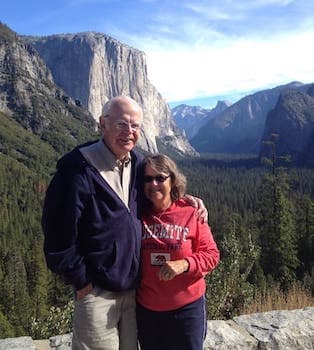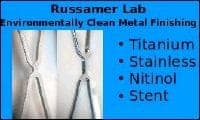
Curated with aloha by
Ted Mooney, P.E. RET

The authoritative public forum
for Metal Finishing 1989-2025

-----
What is the photoresist for the formula of etching Elgiloy?
We need a smooth through-etching of Elgiloy. The thickness is 0.15 to 0.25 mm. We find "How to etch Elgiloy (metal)?" in the following web:
www.finishing.com/119/36.shtml
15 mL HCl + 10 mL HNO3 + 10 mL acetic acid
⇦ this on
eBay
or
Amazon [affil links] . Mix fresh. Swab onto the surface (Rather than immerse) for up to 4 minutes.
But it damages the photoresist. What type of photoresist that I should use?
- Minneapolis, USA
2005
2005
adv.
We have developed technology of etching Elgiloy without damaging photoresist. Contact us for samples treatment.

Anna Berkovich
Russamer Lab
Pittsburgh, Pennsylvania

Q, A, or Comment on THIS thread -or- Start a NEW Thread